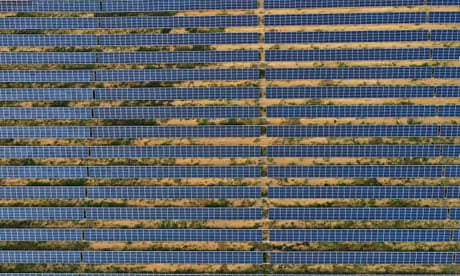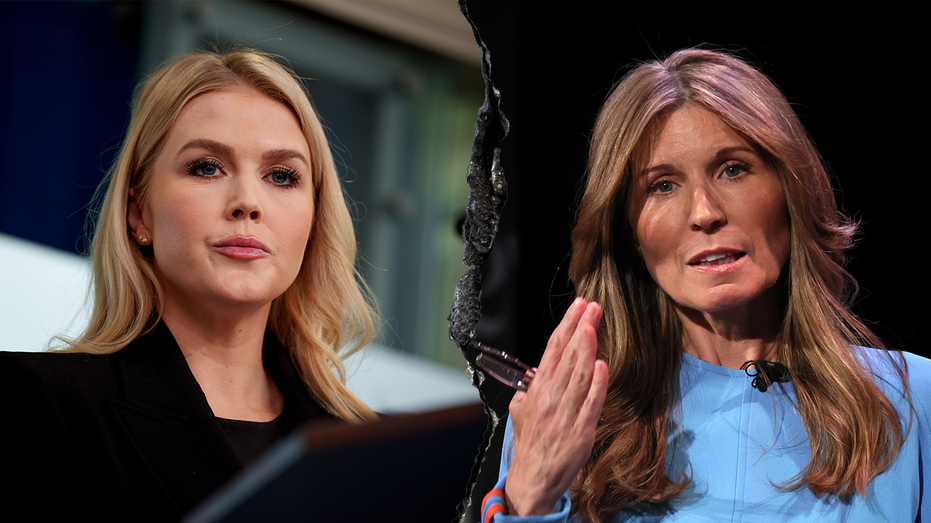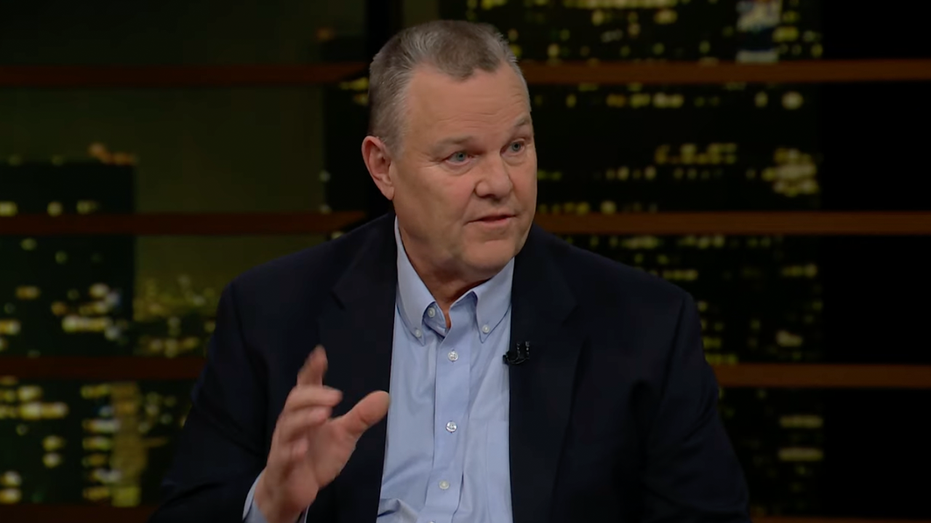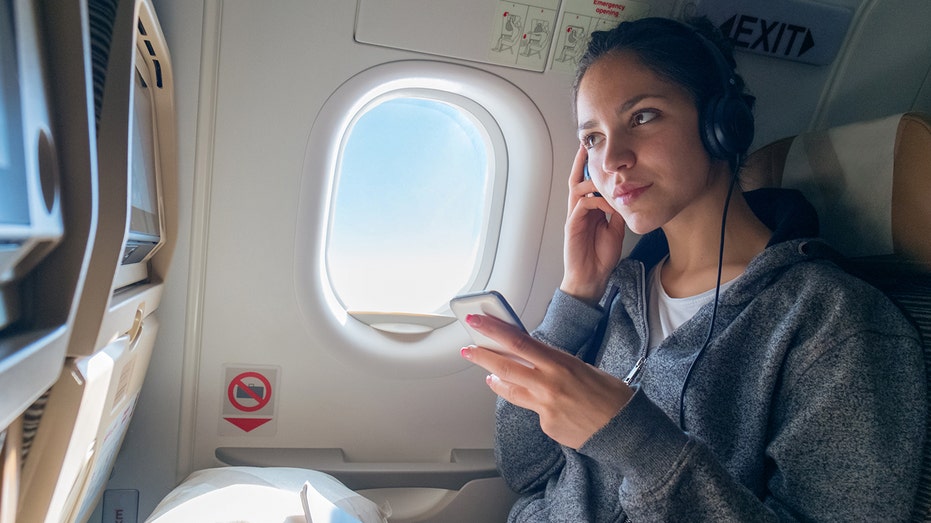- by foxnews
- 09 Mar 2025
‘Billionaire biffo’ shines light on hugely ambitious $30bn Sun Cable solar project
‘Billionaire biffo’ shines light on hugely ambitious $30bn Sun Cable solar project
- by theguardian
- 13 Jan 2023
- in news

Behind the "billionaire biffo" between Mike Cannon-Brookes and Andrew Forrest over the future of Sun Cable is a project that has analysts dubbing "visionary" but also "extremely ambitious".
In Australia's first big business story of the year, Sun Cable was placed into voluntary administration on Wednesday. That signalled the company won't be able to meet debt payments without another injection of funds said to be $60m, with Forrest the one not "aligned" with other investors in a willingness to dig deep again.
One day on, a spokesperson for Cannon-Brookes's investment arm, Grok, said it was committed to Sun Cable and if there was an opportunity to "remain invested alongside a consortium with constructive partners it is something we would certainly consider".
Calling in administrators should not be interpreted as Forrest definitely walking away, a well-placed source said.
But Sun Cable's main project, the Australia Asia PowerLink, will now get greater scrutiny from outsiders as they try to understand its viability and lure others to invest or even buy out existing shareholders.
Self-described as "the world's largest solar infrastructure network", the $30bn project would carpet 12,000 hectares - more than 40 times the size of Sydney's central business district - of the Northern Territory with solar panels. Electricity would help power Darwin and, via a 4,200km-, 3.2 gigawatt-cable, meet 15% of Singapore's electricity needs and parts of Indonesia's.
The problems are technical, economic and even geopolitical. Giving some observers solace is the presence of David Griffin, Sun Cable's founder and chief executive, who is a veteran of the renewable industry. "He's very competent at these kinds of things," said one industry insider. "He loves obstacles, he loves challenges."
Griffin will have many of these. Georgious Konstantinou, a senior lecturer in energy systems at the University of New South Wales, said the length of the cable alone makes the project "extremely ambitious".
Konstantinou said a global desktop study done three years ago researching the feasibility of building power links between different regions was not promising for Sun Cable.
"It ended up with the Australian connections being way more difficult and way costlier than any of the other links that you would have around the world," he said, adding the depth of waters to be crossed - such a 2km deep Timor trench - was a key issue.
"So when Sun Cable says 'we can actually do that', it makes you think what are the differences do they see compared to what everyone else is thinking?"
Konstantinou estimates energy losses even with the best high voltage direct current technology would be at least 15%. Boosters would also be needed to ensure voltage is maintained for the end users, such as Singapore.
Singapore itself is yet to commit funds or sign up as a customer. Sun Cable would need to offer the island nation an ultra-low price if it's to rely on one supplier for 15% of its electricity, not least because it would need back-up in case of sudden failure, Andrew Blaker, an energy expert at the Australian National University, said.
"If you, in the space of half a second, took out 15% of Australia's electricity supply, Australia's grid might have a few problems," said Blakers, who describes himself as "cautiously sceptical" of Sun Cable's prospects.
Singapore's Energy Market Authority declined to comment on Sun Cable's administration. A spokesperson, though, told Guardian Australia the authority had "received more than 20 proposals to import electricity from countries including Indonesia, Laos, Malaysia and Thailand".
"We remain on track to meet our imports target of 4GW by 2035," she said.
Blakers said Sun Cable's going to face "very stiff competition from similar projects located in northern Indonesia or on hydroelectric reservoirs in Borneo because they are within 50 to 500 or so kilometres across the shallow sea from Singapore".
While the solar resource is "not quite so good" in those regions compared with the Northern Territory, "it's still pretty good", he said. "I just wish they would turn the cable around and send [the power] south" to markets in southern Australia.
Dylan McConnell, an energy expert also with UNSW, said the estimated cost and timing of the venture of $30bn seem unrealistic compared with projects being developed in Australia.
The proposed Marinus Link, for instance, involves a 250km HVDC link across Bass Strait at an average depth of about 60m. The combined capacity in two stages would be 1.5GW with a total of more than $3bn. Stage 1, at 750MW, would be built by 2028 on current plans.
"Sun Cable, on the other hand, is set to be almost 17 times longer, about twice as much capacity , and is through the Timor Sea," McConnell said. "It's also between two countries and through Indonesia's territorial waters, and was apparently targeting 'first delivery ' to Singapore in 2027."
"It's difficult to imagine how you might deliver that, alongside about 20GW of solar and about 40GW-hours of storage for [$30bn]," he said.
At home, solar farms like Sun Cable's - with even bigger ones planned for the Pilbara and the Nullarbor- would be "unimaginably large", and would carry impacts for indigenous sacred sites and the environment, said Jon Altman, a governance expert at the ANU.
While indigenous groups "feel much more positive" about renewable energy than extractive mining, such as for fossil fuels, there is the risk communities will "just be steamrolled by public opinion, political expediency and corporate power", he said.
Griffin, Sun Cable's CEO, accompanied the prime minister, Anthony Albanese, as part of a business delegation to Indonesia last year.
Despite the financial troubles, climate and energy minister Chris Bowen said on Thursday he remained "very upbeat and excited about Sun Cable's future".
"Sun Cable has enormous potential for Australia as a renewable energy export powerhouse," Bowen said, adding he had spoken with "very senior people in Sun Cable in the past 24 hours.
"They tell me that there is absolutely no reduction in their ambition, there is no change in their plans for this to be going forward as a very important investment in Australia," he said.
Whether that investment ever happens, though, remains to be seen.
- by foxnews
- descember 09, 2016
'Speaker scum' on flights sparks debate among travelers: 'This is getting out of hand'
A traveler asked social media users to weigh in on flyers who play audio aloud on their devices and don't use headphones.
read more


